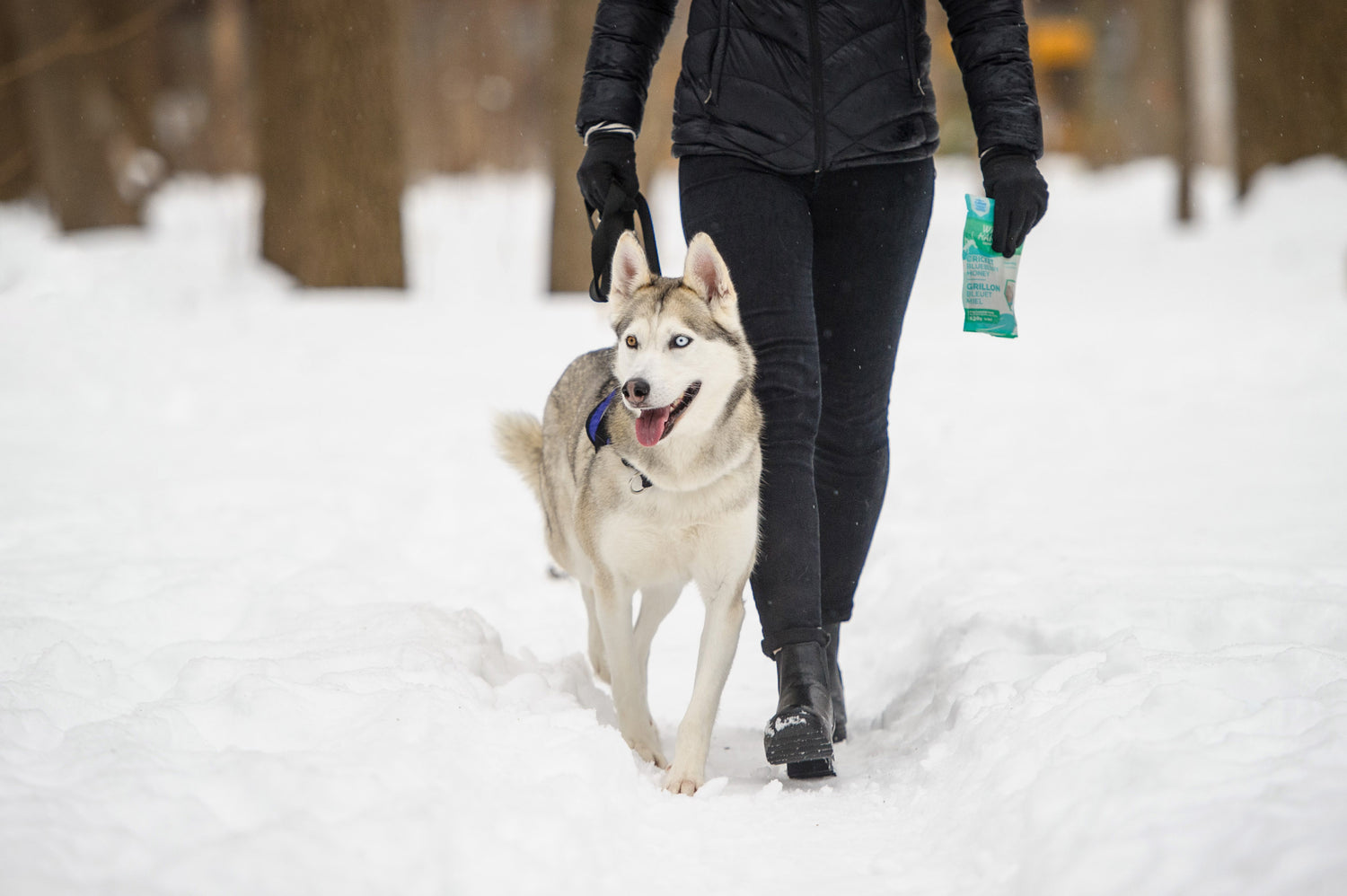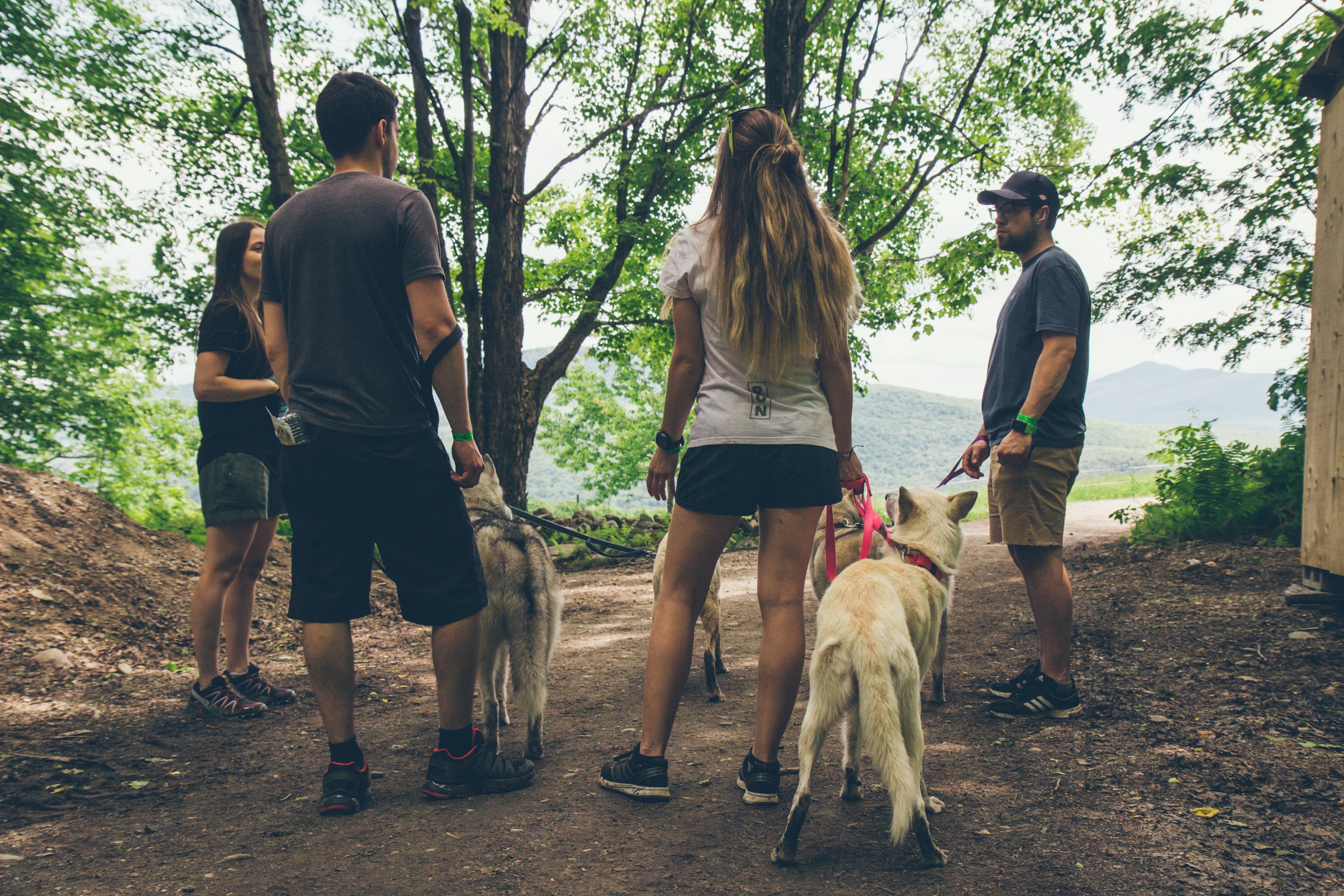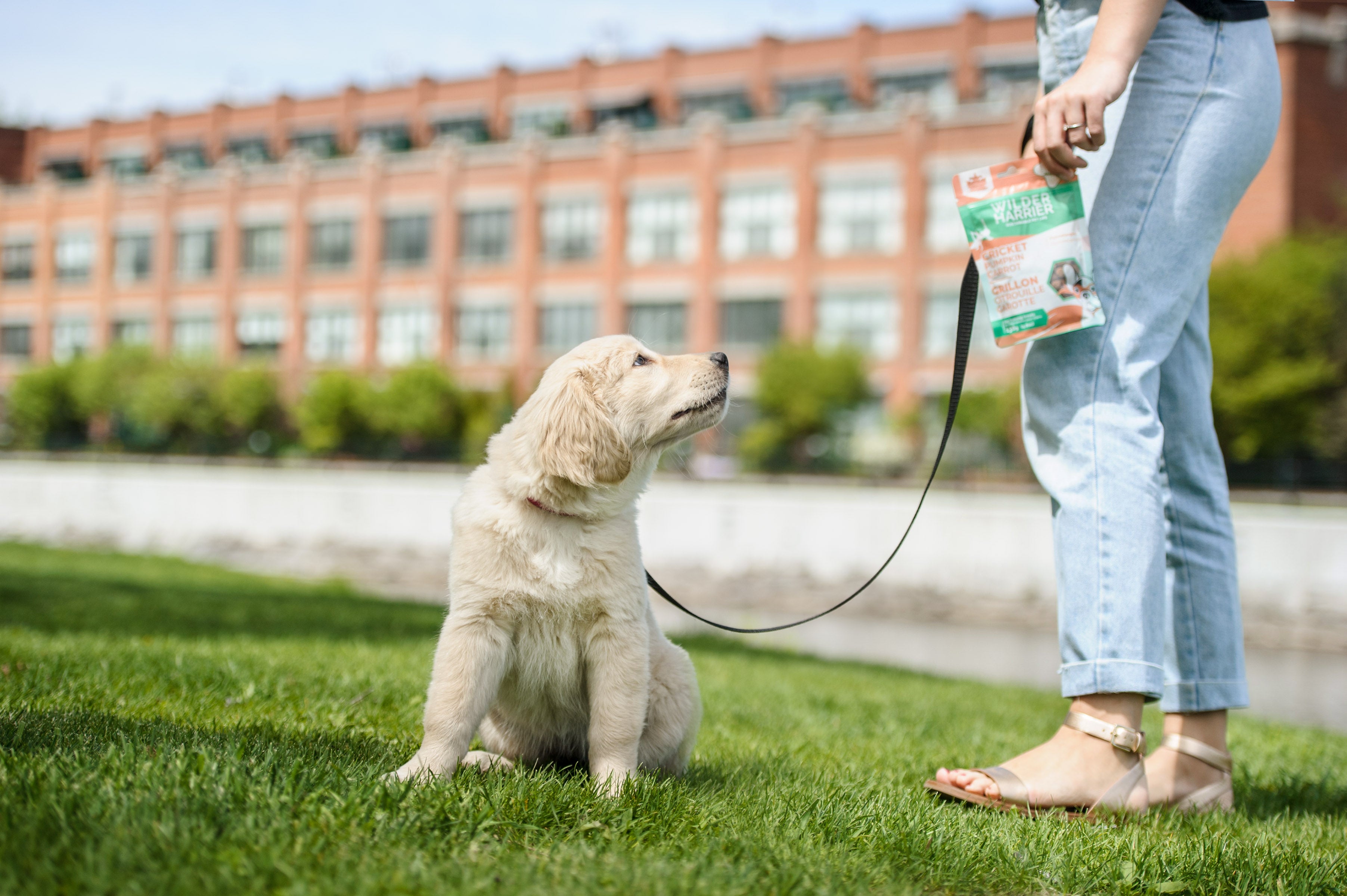Summer is around the corner, and we know what that means. It’s hiking time!
With the season comes all kinds of fun stuff that you and your pooch can do. However, before you grab that leash and run off into the woods, here are a few things that you can think bringing along, just so you are prepared for anything that can happen.
With these essential pieces of gear, you’ll make sure that each hike goes off without a hitch.
“It is better to have it and not need it than need it and not have it”. This quote seems to be written specifically for first aid kits! The best first aid kit should, at the barest minimum, contain hydrogen peroxide for wound disinfection, a pair of scissors for trimming the fur, bandages for wrapping the wound, tweezers for removing any foreign body punctured in your dog, and a small sock for covering an injured paw.
If your hike is in an off-leash permitted area, you really don’t want Fido running off. No matter how well-trained dogs are, sometimes, that squirrel is just TOO tempting.
It is best to have an ID tag attached to your dog’s collar, a microchip, or both so that fellow hikers can easily contact you if they find your dog.
Make sure to input your complete details in the dog tag for easy tracking. In picking a dog tag for your dog, make sure it is durable and customizable. It needs to be durable so that even if your dog is very active, the dog tag will not easily be destroyed.
Rehydration is important, especially when the temperatures climb. Water is vital, so be sure that you bring enough for the both of you. Bring at least 8 ounces of water per pooch per hour, and much more if your dog is a puppy under 12 months.
Even if the trail you’re intending to hit is an off-leash trail, don’t forget the leash! Make sure the leash is durable and ideally waterproof to minimize wear and tear. Some things are just not meant for rough use outdoors.
Try to avoid retractable leashes. These types of leashes are often marketed as giving dogs more freedom to explore, but in reality, they can be quite dangerous. The sudden jerking motion can easily injure both you and your pet. In addition, the thin cord that extends from the leash can easily become tangled around your legs or your dog's legs, causing you both to trip, fall, or sustain some serious cuts.
And if the cord is extended to its full length, it can be difficult to control your dog if he or she suddenly decides to run off.
Of course, the leash has to be attached to something, so you’ll need a collar. If you’ve got a dog that likes pulling on the leash, think about getting a harness instead to avoid damage to the trachea from excessive pulling.
Before you set off on your next big adventure, you may be wondering whether or not you should bring food for your four-legged friend. While bringing dog food and treats on a hike may seem like unnecessary weight, there are actually a few good reasons to do so.
First of all, it's important to make sure that your dog is properly fueled for the hike ahead. Just like humans, dogs need the energy to hike, and their snacks should be tailored to meet their needs. Use hypoallergenic and sustainable dog treats whenever you can to prevent an allergic reaction in the middle of the woods.
Secondly, bringing food can help to keep your dog from begging for snacks from other hikers. Not only is this annoying for everyone involved, but it can also lead to your dog getting something that isn't good for them.
Just think, you can make your dog carry his own stuff! A dog backpack is one of the most versatile tools that you can have for your furry friend. Not only does it allow you to bring all of your dog's essentials with you on hikes and walks, but it can also help to keep them safe and secure.
A dog backpack has several compartments that can be used to store food, water, toys, and first-aid supplies. It also has a built-in harness that helps to distribute the weight evenly and prevent your dog from getting tangled up. Additionally, many dog backpacks are reflective, making them visible in low-light conditions.
Although you are out in the middle of the forest, some trails and parks have strict “pack in, pack out” policies when it comes to pooches. Just like walking in your town or suburb, don’t forget the poop bags!
First, it's simply polite. Just like you would clean up after yourself if you made a mess at home, you should do the same when you're enjoying nature. Leaving your dog's waste behind is not only rude, but it can also spread disease and contaminate water sources.
Second, it's good for the environment. When dog waste is left to decompose in the wilderness, it can release harmful bacteria and nutrients into the soil. This can damage plant life and upset the natural balance of an ecosystem. By bagging up your dog's waste, you can help to keep the wilderness clean and healthy.
Your dog will have a hard time drinking from your water bottle. Make sure to pack a collapsible bowl so that your pooch can have easy access to water.
Emergency items such as boots, bandanas, flotation devices, and insulating jackets are a “good to have” during a hike. It helps you be prepared for whatever adverse environment you will be hiking in.
If you run into problems deep into the trail, there is a strong possibility that you’ll have to carry your dog out, which isn’t the most comfortable thing for the both of you!
Final Thoughts
With these extra pieces of gear that won’t weigh very much, you can be sure your hike will go off smoothly. Have fun, and enjoy the summer!




